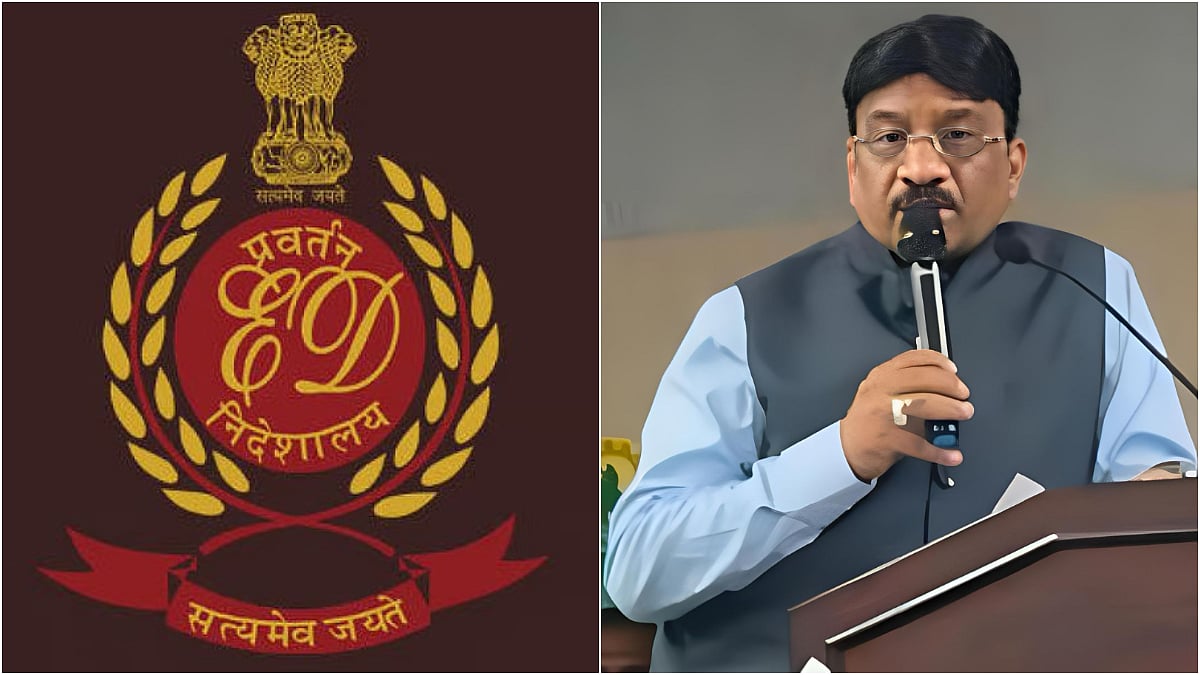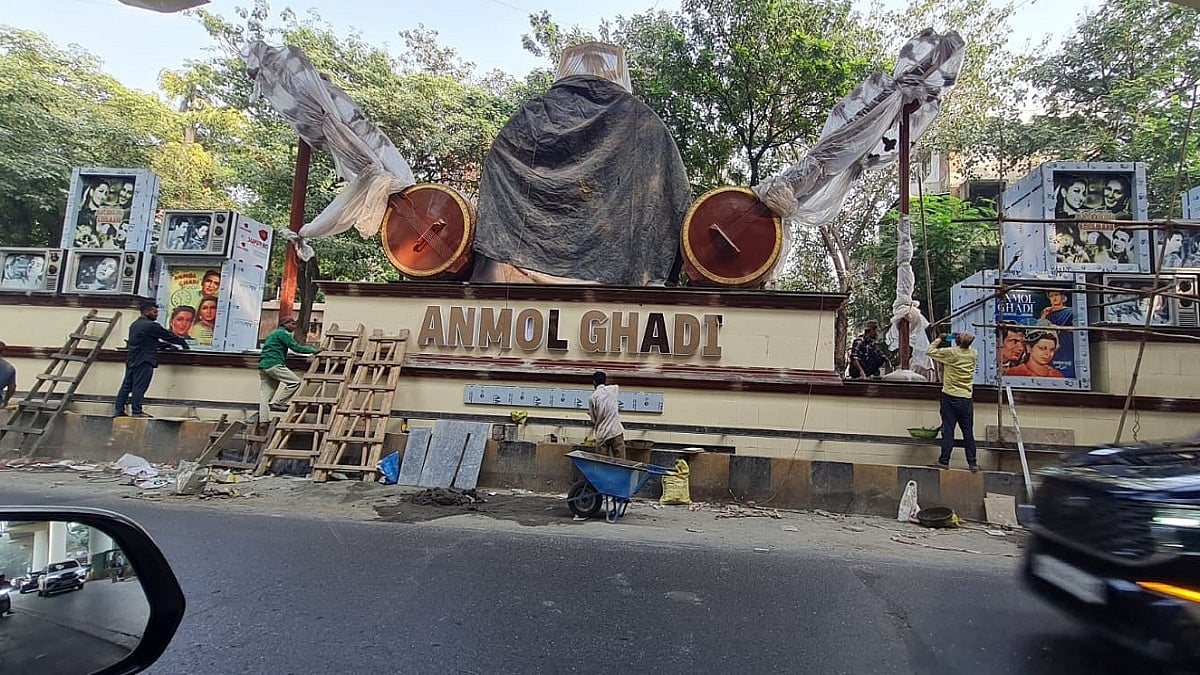Navi Mumbai: Flamingos have started returning to the DPS Lake in Nerul, Navi Mumbai, following the partial restoration of tidal water flow to the ecologically significant wetland. The development has brought hope and a sense of progress to environmentalists who have been relentlessly campaigning for the lake’s revival.
The NatConnect Foundation, which has led sustained efforts to draw attention to the damage caused to the lake, confirmed that the restoration has led to encouraging signs of revival. “We are now witnessing some water flow and, along with it, the graceful return of flamingos,” said B N Kumar, director of NatConnect.

Flamingos spotted at DPS Lake in Nerul after restoration efforts revive water flow | File Photo
However, he noted that a lot more needs to be done for full restoration. Kumar made these remarks following a joint inspection of the lake on Saturday with officials from the State Mangrove Cell. The visit was conducted after Forest Minister Ganesh Naik directed that blocked water channels be opened to restore tidal exchange in the area.
Kharghar Wetlands and Hills Forum co-convenor Jyoti Nadkarni, who also joined the inspection, expressed concern over CIDCO’s inaction. “Despite repeated requests and clear instructions, CIDCO continues to delay the complete restoration of water flow to the lake, which has been a key factor in keeping the flamingos away for years,” she said.
With limited tidal flow being restored, nearly 60% to 70% of the algae that had accumulated in the lake has now been cleared, according to Range Forest Officer Sudhir Manjare. He added that for full tidal movement, the two inlets need to be lowered further to allow natural water ingress and exit.
Minister Naik has assured environmentalists that he has directed both CIDCO and Navi Mumbai Municipal Corporation (NMMC) to act without delay. “Don’t worry, I will not rest until the DPS lake blooms with flamingos all over again,” he reportedly told NatConnect.
DPS Flamingo Lake forms part of the satellite wetland system of the Thane Creek Flamingo Sanctuary, which is designated as a Ramsar site. These satellite wetlands—including DPS Lake, Panje, NRI, and TS Chanakya—play a critical role in supporting migratory bird populations during high tide.
The Bombay Natural History Society (BNHS) has repeatedly recommended that these wetlands be conserved as part of the sanctuary’s management plan. Disruption to these ecosystems could force birds to shift to highland areas near the upcoming Navi Mumbai International Airport (NMIA), posing potential bird strike hazards, BNHS has warned.
The Adani Group, which is developing NMIA, has acknowledged these concerns in its environmental impact assessment reports and committed to preserving the biodiversity around the airport in line with BNHS recommendations, Kumar said.

Rekha Sankhaka of the Save Navi Mumbai Flamingos and Mangroves Forum said, “We hope CIDCO will now show the will to act and fully rejuvenate the lake, allowing it to return to its former natural glory.”
While much work remains to be done, the return of the flamingos marks a promising turn in the battle to protect and restore Navi Mumbai’s disappearing wetlands.






